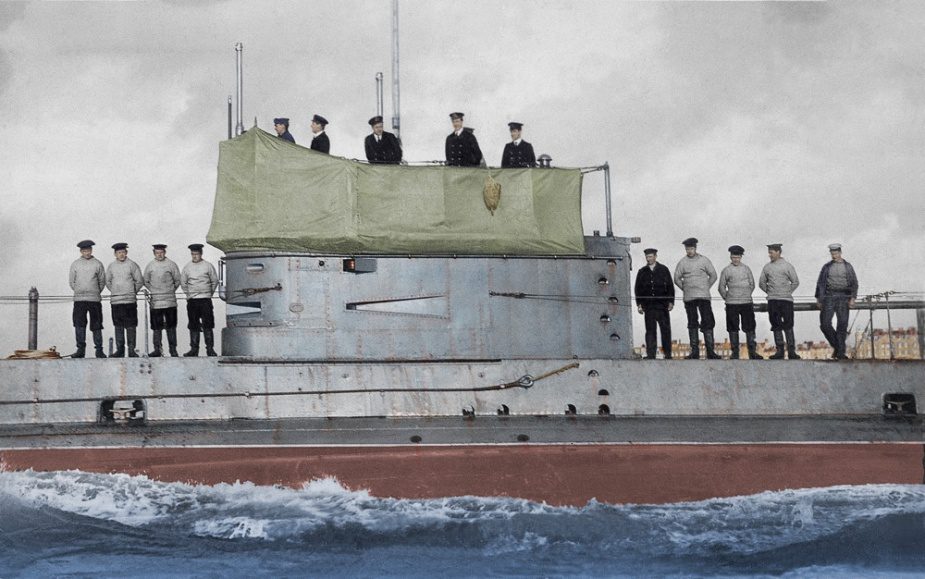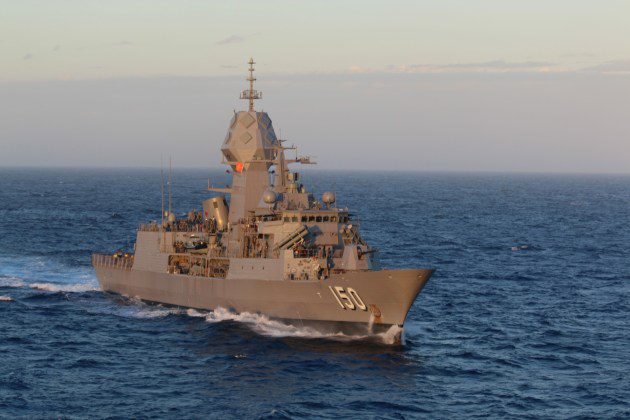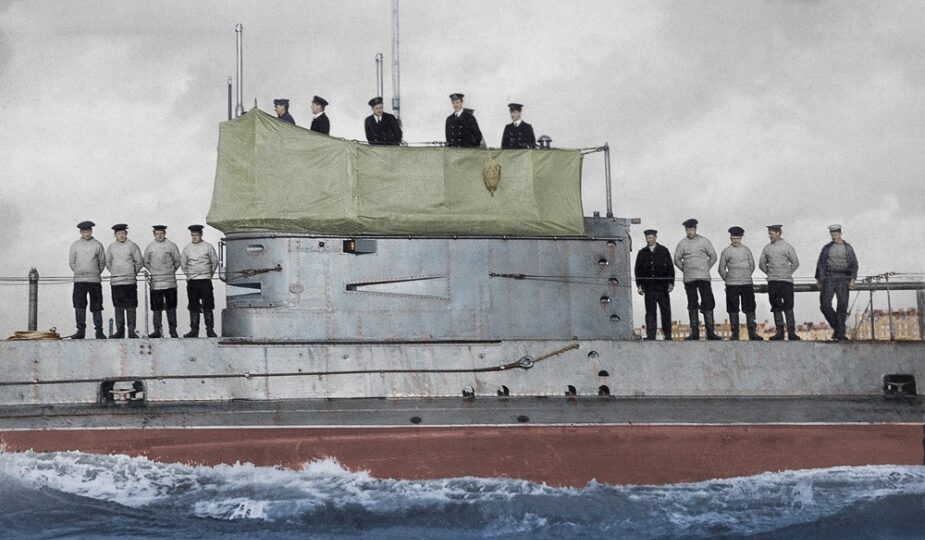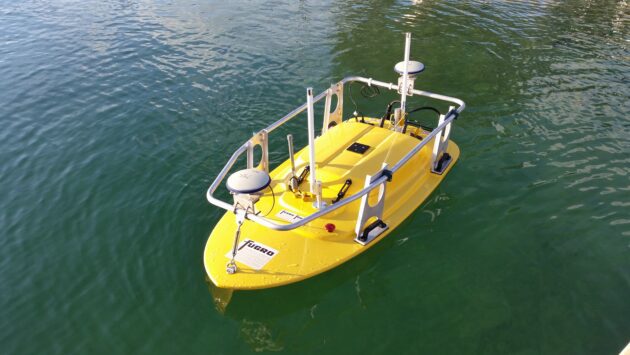Sea Mine Defences that Instigated the Gallipoli Landings
Sea Mine Defences that Instigated the Gallipoli Landings
Remembering the naval battles around ANZAC Day
ANZAC Day, on April 25th, is the Australian national day of commemoration. At ANZAC Cove on the Dardanelles Peninsula, the Australian and New Zealand troops landed on April 25th 1915. The troops, along with other Commonwealth Forces, held ground against a Turkish force, at almost impossible odds for the next eight months, who were determined to defend the death of their homeland.
There is an interesting if tragic, link between Mine warfare and the landing of ANZACs on the Gallipoli Peninsula.
The basic concept of the Dardanelles expedition was for the Royal Navy to force the Dardanelles, to attack Constantinople and eliminate Turkey from World War One. The force consisted of 8 Dreadnoughts (heavy battleships), 3 cruisers, 15 destroyers, and 4 submarines. This was in addition to a large number of auxiliary vessels including, several minesweepers. Leading the British force was HMS Queen Elizabeth, the newest and most powerful battleship in the world. In defence of the straits, ten rows of mines were laid in the narrows of the Dardanelles. These fields were covered by fixed and mobile shore artillery batteries. This combination of weapons involving mines was supported by coastal artillery, which was to prove decisive.
At 1100 on the 18th March, the formidable Anglo-French Task Force went into action against the thinly spread Turkish mine and coastal defences. The first mine casualty took place at 1345 when the French Dreadnought Bouvet struck a mine and sank within three minutes. Of a ship’s company, totalling 709 officers, with only 71 men surviving. At 1611, the British Dreadnought Inflexible was seriously damaged, when it struck a mine and just managed to clear the strait and beach itself on the island of Tenedos. Three minutes after Inflexible was mined, the Dreadnought Irresistible was also mined and quickly sank. A few hours later, at 1900, the Dreadnought HMS Ocean met the same fate.
The decision was made that the fleet would no longer try to force the Dardanelles. A meeting on Queen Elizabeth concluded: “… the battleships could not force the straits until the minefield had been cleared … the minefield could not be cleared until the concealed guns, which defended them, could be destroyed, and they could not be destroyed until the [Gallipoli] Peninsula was in our hands, hence we should have to seize it with the Army.”
In the end, the ANZAC force landing at Gallipoli was “one of the most miserable land campaigns in history, resulting in enormous casualties for the allies, and accomplishing nothing.”
Minefields can seldom be used as complete substitutes for the activities of mobile forces, yet they can supplement these forces and act as a powerful force multiplier to enhance the effectiveness of a nation’s air, sea and land forces.
Lest We Forget






